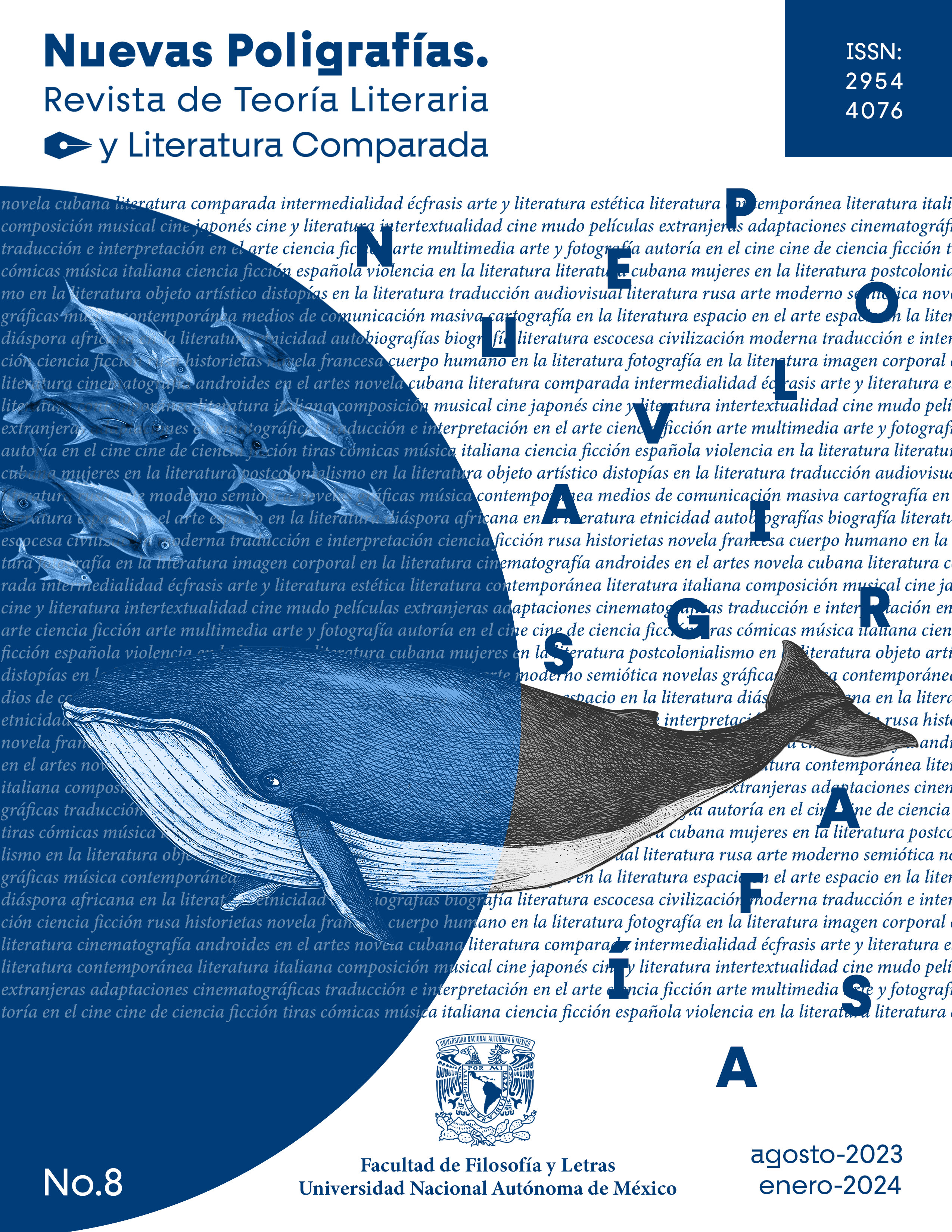Russian Literature in Japanese Film: Cross-cultural Adaptations in the Silent Era
Main Article Content
Abstract
Since the beginning of the film industry in Japan, many short films and movies based on Western literary works were made, especially during the 1910s and 1920s. Several of those films were based on fashionable Russian literary works that had been staged in Shingeki (new drama) theaters. This study examines the adaptations of Russian literature produced from the early 1910s until the end of the silent-film era in the 1930s, focusing specifically on films based on Tolstoy’s novel Resurrection, the drama The Living Corpse, and Gorky’s play The Lower Depths. It is shown that the early adaptations, filmed in the 1910s, aimed to closely adhere to the original literary works by maintaining key plot events and recreating the cultural milieu through sets, costumes, and staging. However, starting from the 1920s, adaptations followed intercultural and intertextual processes, freely modifying the works to suit the Japanese cultural context. This shift in the approach to adapting Western literary works was influenced by the social, political, and cultural changes experienced by the country during those decades.
Article Details

This work is licensed under a Creative Commons Attribution-NonCommercial-NoDerivatives 4.0 International License.

